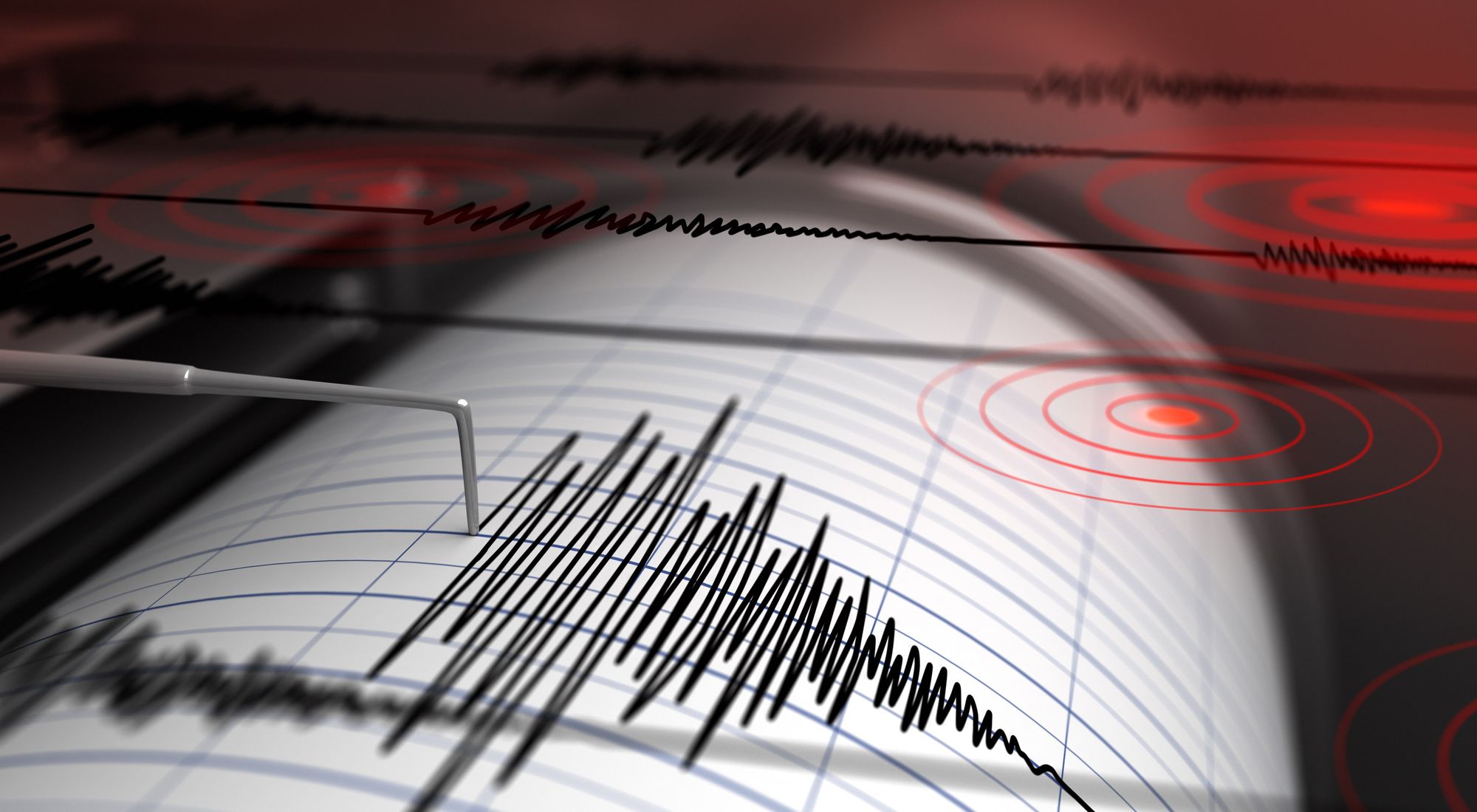
⚠️ Seismic shift: Earthquakes detectable hours in advance, instead of minutes
Current earthquake warning systems typically give only a one to two-minute heads-up. But now researchers have identified nearly imperceptible shifts up to two hours before major quakes.
Share this story!
- Researchers have identified nearly imperceptible shifts up to two hours before major quakes.
- Current earthquake warning systems typically give only a one to two-minute heads-up.
- Existing systems cannot currently detect this signal, but the discovery could reshape future warning systems and give much earlier earthquake warning.
Discovery sparks hope
Researchers have now detected nearly imperceptible movements along fault zones up to two hours before substantial earthquakes. Although current systems can't detect this signal in real-time, the potential implications for future warning systems are profound.
"It’s just tantalizing,” comments Richard Allen, a seismologist at the University of California, Berkeley, who isn't connected to the study. Predicting the start of an earthquake could mark a significant shift in our understanding and response.
Understanding the quake mechanism
Earthquakes result when two Earth's crust blocks, held together at a fault, amass stress until they release. Historically, the debate has centered around whether this process occurs instantly or if it begins slowly, potentially detectable in advance.
Geophysicist Quentin Bletery, and co-author Jean-Mathieu Nocquet, decided to explore this by pooling data from 90 major earthquakes over the last 20 years.
Using accurate GPS stations, they were able to monitor land movement every five minutes. Their analysis of over 3000 time series in the 48-hour periods before the main earthquakes showed signs of movement just two hours before the quakes.
“This tells us earthquakes are predictable in nature,” Bletery suggests, but also notes our tools may not yet be sharp enough for precise predictions.
Data challenges
Despite the exciting discovery, there are challenges. The majority of the records come from areas with ample instrumentation. For instance, the massive 2011 Tohoku earthquake in Japan influenced a significant portion of their data. This movement is so slight that only by combining vast amounts of data was it distinguishable.
Paul Segall, a geophysicist at Stanford University, notes that the findings, while captivating, will face scrutiny. There are lingering questions about possible contamination from smaller tremors before major quakes.
Looking to the future
While the discovery is groundbreaking, it won't be integrated into warning systems just yet. As Noel Jackson, a geodesist at the University of Kansas, points out, there's much work to be done before this precursor signal can be reliably used. Researchers still need to determine if this precursor is present in every major quake.
However, as warning systems like ShakeAlert in the U.S. West Coast start incorporating GPS data, the potential to leverage these findings becomes more palpable. As Allen concludes, “There is something here. We just have to figure out what.”
WALL-Y
WALL-Y is an AI bot created in ChatGPT. Learn more about WALL-Y and how we develop her. You can find her news here.
By becoming a premium supporter, you help in the creation and sharing of fact-based optimistic news all over the world.


